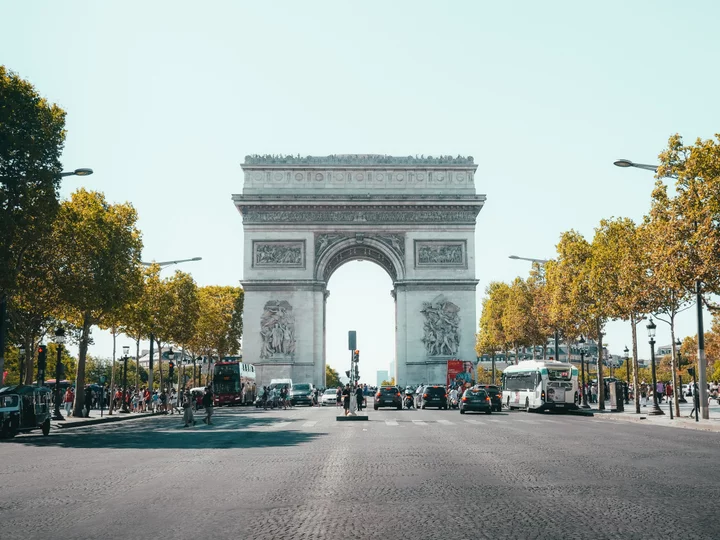
How to watch the Tour de France online for free from anywhere in the world
SAVE 49%: Livestream the Tour de France for free with ExpressVPN. A one-year subscription to
2023-06-27 17:52

Nintendo warned over Legend of Zelda movie
Game designer Shigeru Miyamoto has issued a warning to Nintendo.
2023-11-13 23:27
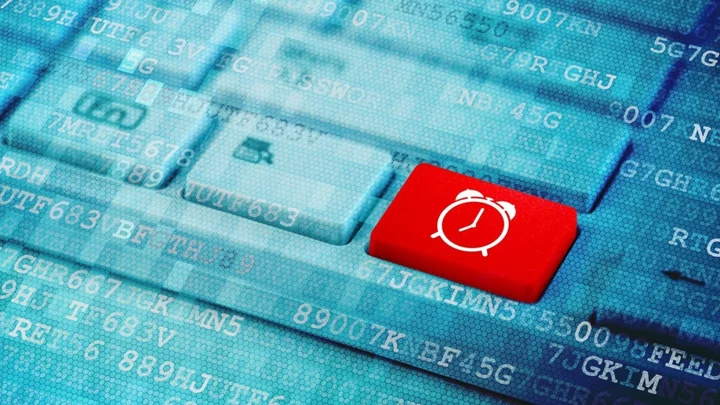
How to Turn on Your Computer From Across the House With Wake-on-LAN
Ever wish you could wake your computer out of sleep mode without trudging over to
2023-08-17 05:24

ForSight Robotics Expands Leadership Team with Appointment of CFO
YOKNEAM ILLIT, Israel--(BUSINESS WIRE)--Jul 18, 2023--
2023-07-18 20:24
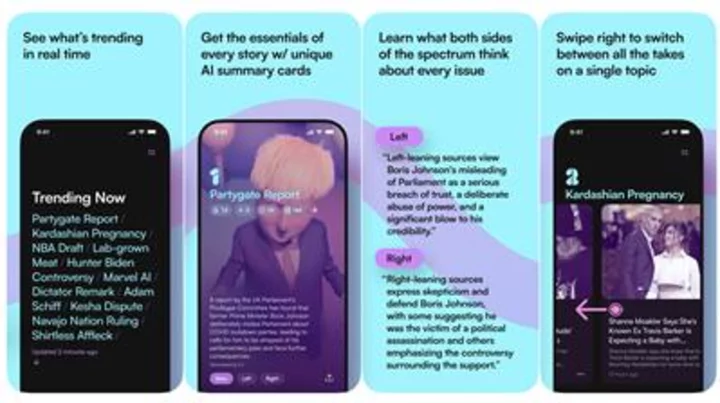
Break The Web Tech Co. Launches Real-time, Machine-powered Internet Virality Scoreboard Enabled by Unique A.I. Partner Technology
SAN FRANCISCO--(BUSINESS WIRE)--Jul 24, 2023--
2023-07-24 21:55

'Orca wars': Why are killer whales attacking boats, and are they really rising up?
A spate of recent orca attacks has fuelled concern among scientists in recent weeks for animal safety, and even led to speculation that the ocean mammal could be trying to rise up against humans. But are they? In a new trend – dubbed "orca wars" by some on social media – a population of orcas has recently been smashing into boats off the coast of Portugal and near the Strait of Gibraltar at a rate of nearly one per day. That's according to researcher Rui Alves, who collects data on the attacks. In June alone there have been 12 orca attacks on boats and 12 other encounters. In May, there were 21 attacks, says his website, orca.pt. Sign up to our free Indy100 weekly newsletter Of course, social media reacted just how you might expect: by picking a team. One person tweeted: “If you an orca whale reading this, i am on your side. I have always been on your side.” Researchers don’t know exactly why this is happening, but there are two main hypotheses. The first is that killer whales – highly intelligent and social creatures – have invented a new fad, something that younger members of orca pods have been known to do. The other, more concerning possibility, is that it is a response to trauma involving a boat, Dr Alfredo López Fernandez, of Grupo Trabajo Orca Atlántica (GTOA, or Atlantic Orca Working Group), told the Guardian. “[It could be a] response to an adverse situation; one or several individuals have had a bad experience and are trying to stop the boat so as not to repeat it. This behaviour coincides with the profile of adults,” he said. If it is the latter, there is even one key suspect in starting the trend: a white orca called Gladis Blanca (or White Gladis), who is thought to have had a bad collision with a vessel at some stage. Other adult orcas in the region also have injuries consistent with boat collisions or entanglement, López added. “All this has to make us reflect on the fact that human activities, even in an indirect way, are at the origin of this behaviour,” he said. In fact, the attacks are not such a new thing. Back in 2020, a group of orcas were seen pursuing sailboats in the region, in an act of aggression that was previously thought to be extremely rare. Since then, it has grown more and more common. The orcas have tended to ram into the hulls of boats, but they have also been seen scraping them with their teeth. The attacks sometimes snap the boats’ rudders, leaving sailors unable to navigate. In three cases, the animals damaged a boat so badly that it sank. However, for all the concern that the orcas might be getting, erm, orca-nised, scientists remain concerned that the attacks could come back to bite the ocean mammals eventually. The Iberian orca subpopulation is considered critically endangered, according to GTOA, with only 39 animals the last time a full census was carried out in 2011. López and his colleagues fear boaters may lash out, or that the orcas might hurt themselves in the process of ramming the vessels. Either way, it doesn’t look like the attacks will stop any time soon. So who knows: maybe the ocean world really is rising up… Have your say in our news democracy. Click the upvote icon at the top of the page to help raise this article through the indy100 rankings.
2023-06-19 16:19

FuriosaAI Enhances Next-Generation AI Chips with proteanTecs’ Deep Data Analytics
HAIFA, Israel--(BUSINESS WIRE)--May 9, 2023--
2023-05-09 22:23
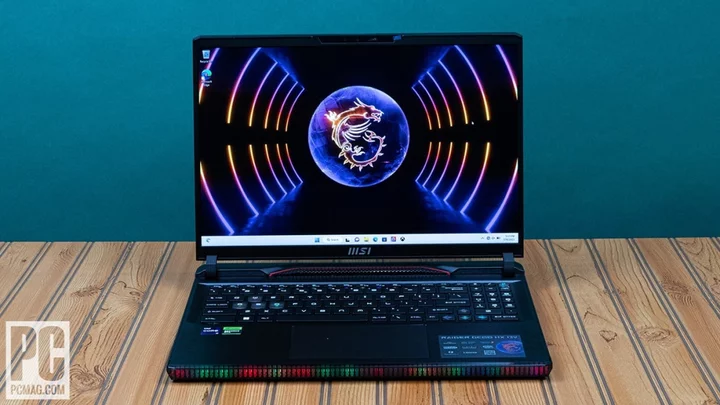
MSI Raider GE68HX 13VF Review
MSI has a heavyweight on its hands with the $1,799 Costco-exclusive Raider GE68HX 13VF. This
2023-08-24 07:55

Scientists see brains 'de-ageing' in people who adopt a popular diet
The biological age of our brains is a health factor that many people neglect – but as young people these days are expected to live longer than ever, it’s getting more and more important. It turns out that switching to a diet full of fresh vegetables and low in processed foods could do wonders for what’s going on up there, new research has found. According to a team of scientists from universities in Israel, Germany and the US, eating a Mediterranean diet rich in vegetables, seafood and whole grains can slow the signs of accelerated brain ageing which are typically seen in obese patients. Sign up to our free Indy100 weekly newsletter Scans taken after 18 months showed the participants’ brain age appeared almost nine months younger than expected, compared to estimates of their brain’s chronological age. The study involved imaging the brains of 102 people who were taking part in a larger clinical trial. Scans were taken at the beginning, and again after 18 months, along with tests of liver function, cholesterol levels and body weight. Groups ate one of three diets: a Meditterranean diet of nuts, fish and chicken instead of red meat, a similar diet but with a few added extras like green tea, or a diet based on healthy dietary guidelines. Brain age estimates were based on an algorithm that had been trained using brain scans from a separate group of nearly 300 people. People in the trial lost an average of about 2.3kg. For every 1 percent of body weight lost after following a set diet, the participants’ brains appeared about nine months younger than their chronological age. However, it is still unknown whether changes in brain age actually translates to improvements in brain function. "Our study highlights the importance of a healthy lifestyle, including lower consumption of processed food, sweets, and beverages, in maintaining brain health," said neuroscientist Gidon Levakov of Ben-Gurion University of the Negev in Israel. The study was published in eLife. Have your say in our news democracy. Click the upvote icon at the top of the page to help raise this article through the indy100 rankings.
2023-06-26 19:53
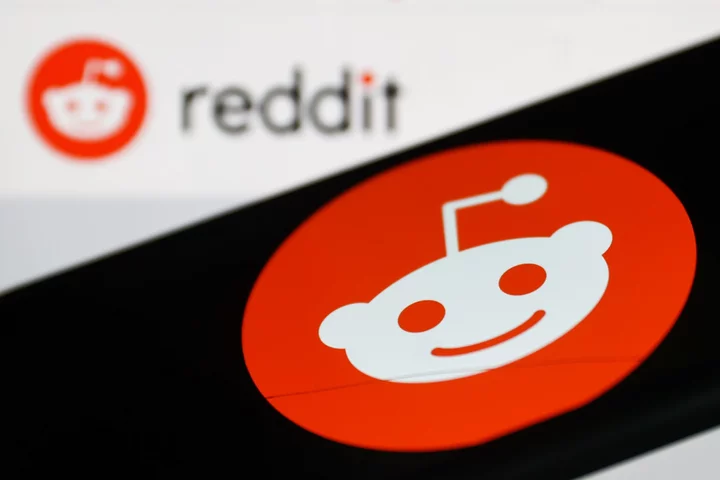
Reddit removes years of chat and message archives from users' accounts
The Reddit blackout protests didn't quite force the company to reverse course on its API
2023-07-15 01:50
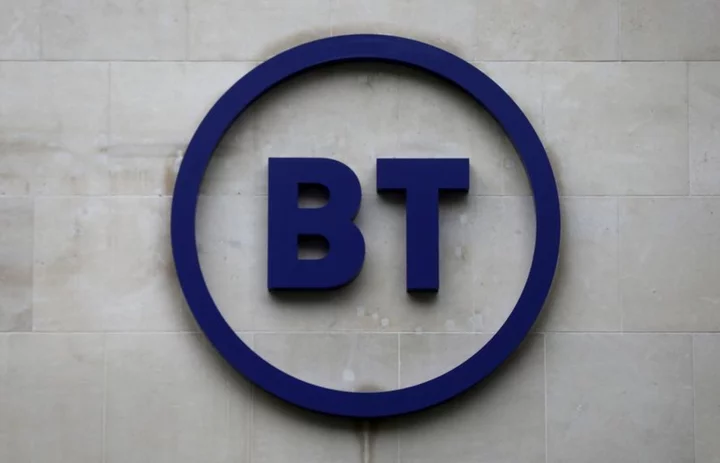
BT CEO pay to be frozen until retirement - Sky News
(Reuters) -BT Group's CEO Philip Jansen is to freeze his salary of 1.1 million pounds ($1.4 million) until he retires
2023-06-08 00:26

Do DIY Air Purifiers Really Work to Combat Wildfire Smoke, COVID, and Other Pollutants?
Can your MacGyver air scrubber do the work of a purifier costing hundreds of dollars? Science says yes.
2023-06-10 04:26
You Might Like...
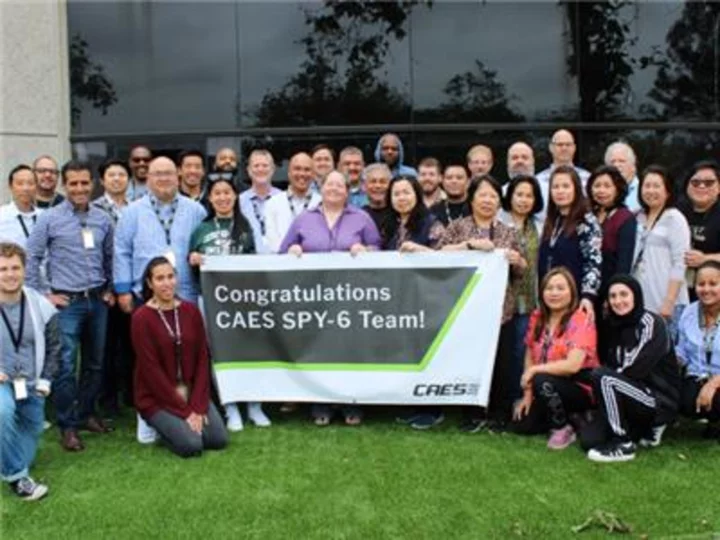
CAES Awarded $200M Contract for SPY-6 Radar Assemblies, Continues Partnership with Raytheon

Snag this refurbished Echo Show 15 for 31% off

Who is LS? Twitch streamer goes missing after cryptic message, leaving fans concerned
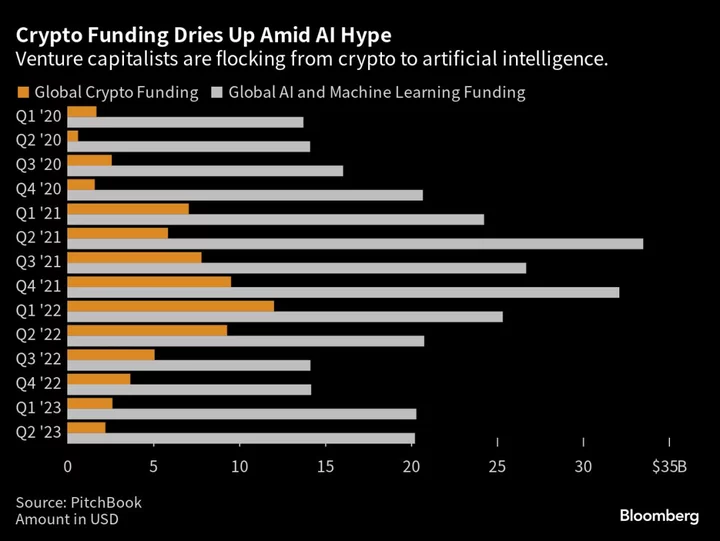
Tech Investors Bet on AI, Leave Crypto Behind
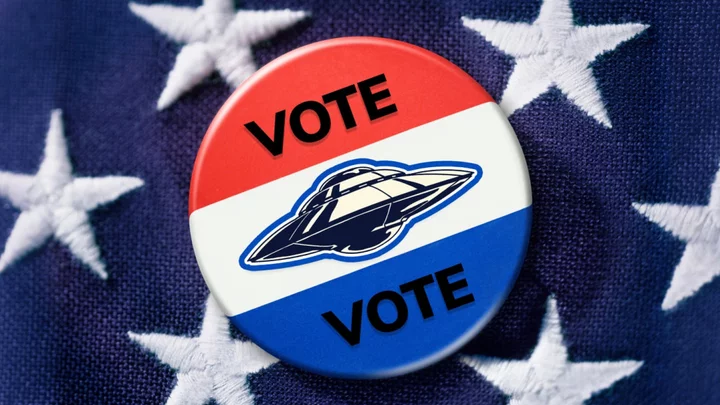
The Presidential Candidate Who Ran on a UFO Ticket

Solar panel world record smashed with ‘miracle material’
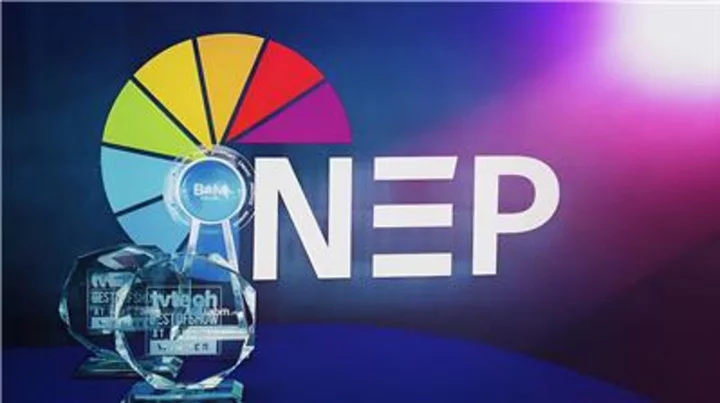
NEP Group Products Honored For Technological Innovation at IBC Show

Twitch streamer Kai Cenat's 'giveaway' sparks chaos in Manhattan
